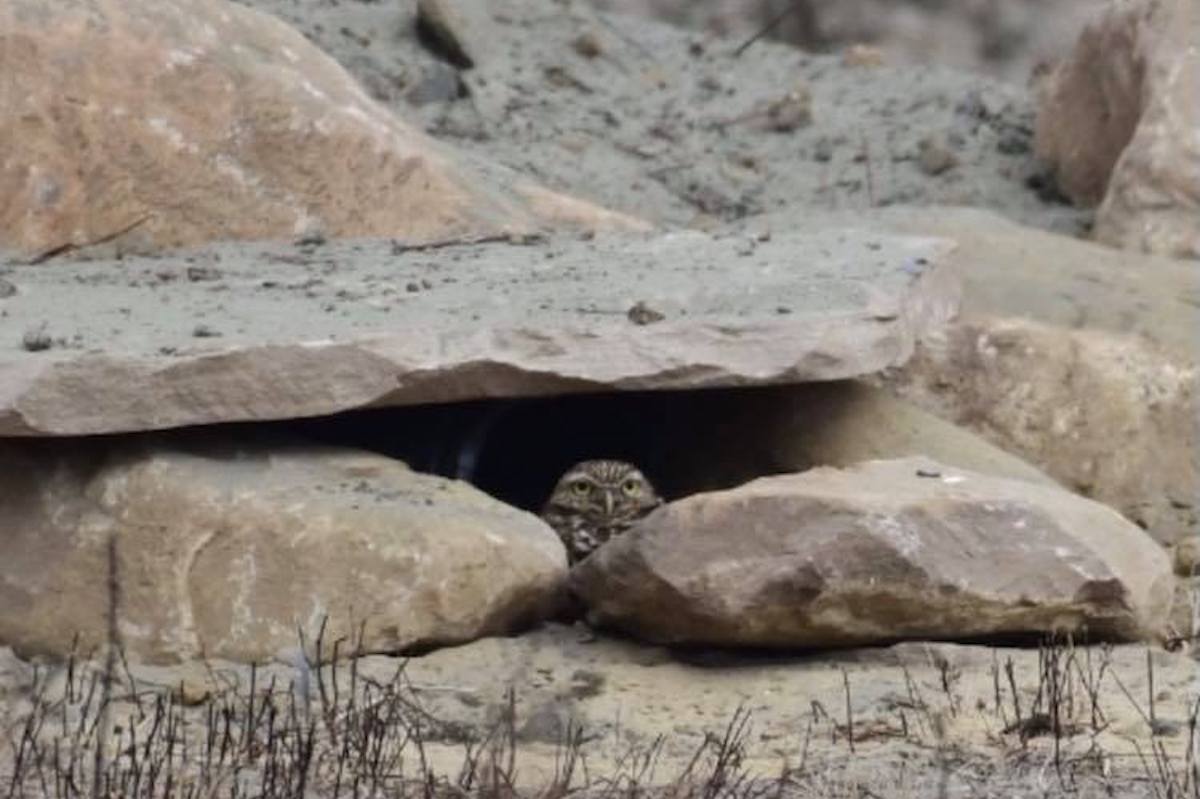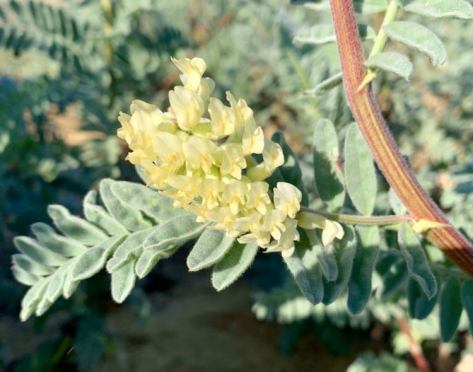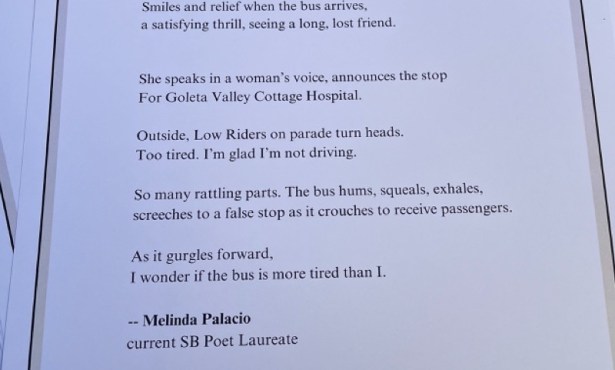Recreating a Lost Ecosystem
North Campus Open Space at UC Santa Barbara

For decades, human activity had completely evicted burrowing owls and other animals and plants from an open space beyond the elbow of Storke Road as it turns toward Isla Vista. At the North Campus Open Space, some of these species are now trickling back due to the efforts of staff, volunteers, and student workers to restore the former ecosystem to its former health and undo many years’ worth of ecological damage.
The deepest wound came in the form of a golf course developed in 1965 over wetlands and adjoining uplands. But even seemingly benign actions also played a significant role. When residents introduced tall Australasian trees such as the eucalyptus, they gifted the red-tailed hawk, already populous in California, vantage points from which the raptors could swoop down on their unsuspecting prey. Planting eucalyptus trees, according to Greenhouse Manager Wayne Chapman, is a death sentence for an owl that needs unbroken grassy places to survive. Other animals such as snakes and squirrels, which often construct the burrows that owls take shelter in, also fall victim to the hawk.

Since the Cheadle Center for Biodiversity and Ecological Restoration bought the land in 2013, Chapman, Director of Ecosystem Management Lisa Stratton, and other staff members have approached the project with careful precision. Each elevation is built not only to accommodate their own inhabitants but also to ensure the collective ecosystem’s survival. Closest to the water are mud flats where birds pick at clams for sustenance; farther back are uplands populated by bees and other pollinators that infuse life into newly reintroduced plants. Although more than 100 acres of land now resemble the original terrain, Restoration Coordinator Andy Lanes emphasized the sustainability measures taken in the face of emerging challenges. “With rising sea levels, we need a buffer against flooding,” he explained. “We undertook this project in a way that allowed geological uplift and sedimentation to keep pace with sea-level rise and also made interior space for ecosystems to fall back on.”
In order reintroduce extirpated plants, the restoration crew obtains two kinds of seeds from the most genetically similar populations: one that flowers immediately, and one that waits for perfect environmental conditions. Once both are planted, the growing process is monitored and recorded, with each specimen tagged to keep track of germination rates. Since planting began in 2017, restoration staff, volunteers, and student workers have installed more than 350,000 plants in addition to 650,000 purple needle grasses.

But for all the painstaking human effort, unexpected forces can often frustrate their designs. Flocks of voracious geese are a recurring threat to the plants. Other times, there are more positive outcomes. In the late 1990s, two biologists encountered an unusual plant growing on a field that once held oil waste; it was later identified as the Ventura marsh milkvetch, thought to be extinct for at least 30 years. Now, the Open Space is an epicenter of resuscitation efforts. “It’s possible that dormant seeds hitched a ride in soil that was used to fill in the oil disposal site,” Chapman posited. “Those seeds can remain viable for decades.”
Restoration of the area is not limited to natural formations. Dotted across the landscape are wooden boards laid upon the ground; whenever predators approach or the sun becomes too unbearable, snakes and other small reptiles can wriggle underneath for shelter. Fences demarcate areas within which animals can freely roam, preventing them from wandering onto the roads. In Santa Barbara County, the summer months are often mercilessly dry; Chapman anticipates the installation of a guzzler, a kind of underground water fountain from which animals can hydrate themselves.
And finally, there are the burrows in which owls make their winter quarters. Some are naturally occurring, while others have been fashioned out of rocks by the staff. Chapman noted that the first owls should be coming around now. “When an owl revisits the Open Space, they usually come to the same burrow they settled in last time,” he said. “That’s how we know which ones lived, and which ones died.”
Tours of the North Campus Open Space are offered every third Saturday at 9:30 a.m. and meet at the Carlton-Duncan Visitor Plaza. Free parking is available at 6969 Whittier Drive in Goleta.
Correction: This story was amended on October 27 to reflect that although oil-related activities took place on portions of the preserve, oil was not dumped there.
Support the Santa Barbara Independent through a long-term or a single contribution.




You must be logged in to post a comment.